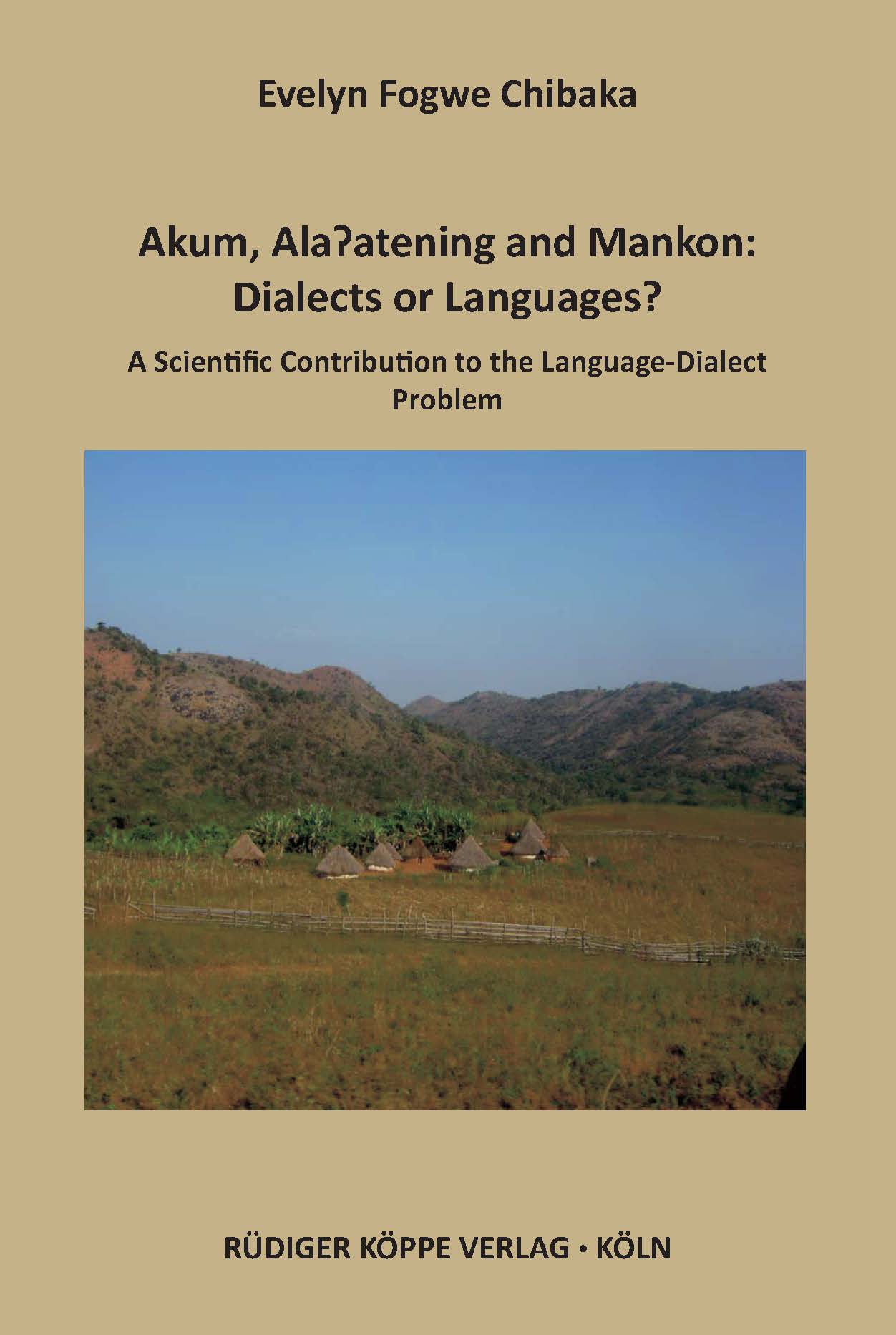


One of the most formidable problems of studies of linguistic variation in a multilingual setting has been the intractable problem of determining the difference between a dialect and a language, especially when faced with a multiplicity of genetically related speech forms.
Some attempts have been made to distinguish language from dialect by saying that dialects of the same language are mutually intelligible. However, in a dialect continuum, the degree of intelligibility varies among many related or geographically proximate languages of the world. Dialects have been considered as varieties of a language, where such varieties may be social or regional. Many scholars are also of the opinion that the difference between regional varieties and the standard variety or language include among others that the latter has benefited from standardisation while the former have not. A language is a collection of varieties, and a variety is a separately identifiable form of language, which together with other varieties makes up a language.(Lafon et al. 2008: 13)
All these also are not universally acclaimed criteria for language and dialect dichotomy; bearing in mind that intelligibility between languages can be asymmetric. That is, a situation where speakers of language A understand more of language B than speakers of language B understand of language A. For example a Pinyin speaker would understand the Mankon dialect cluster (MDC) language better than a Mankon dialect cluster language speaker would understand the Pinyin language (both being languages of the Ngemba Language Group cluster of the Wide Grassfields Bantu family).
Mankon, Akum and Ala’atening are Wide Grassfields Bantu speech varieties that are spoken in Bamenda, Mezam Division, in the North West Region of Cameroon. These three speech forms have been considered by different researchers as dialects of the same language which was called Mankon and Ngemba (Ethnologue 2013) respectively. ALCAM (1983), Seguin / Domche-Teko (1989) and Sadembouo / Hasselbring (1991) grouped Mankon and Akum as dialects of the Mankon language, while Ala’atening was considered as a dialect of the Pinyin language.
Under these links you will find publications by the author and grammatical descriptions, dictionaries and text collections of further Cameroonian Bantu and Grassfields Bantu languages and cultures:
© 2026 by Rüdiger Köppe Verlag – www.koeppe.de